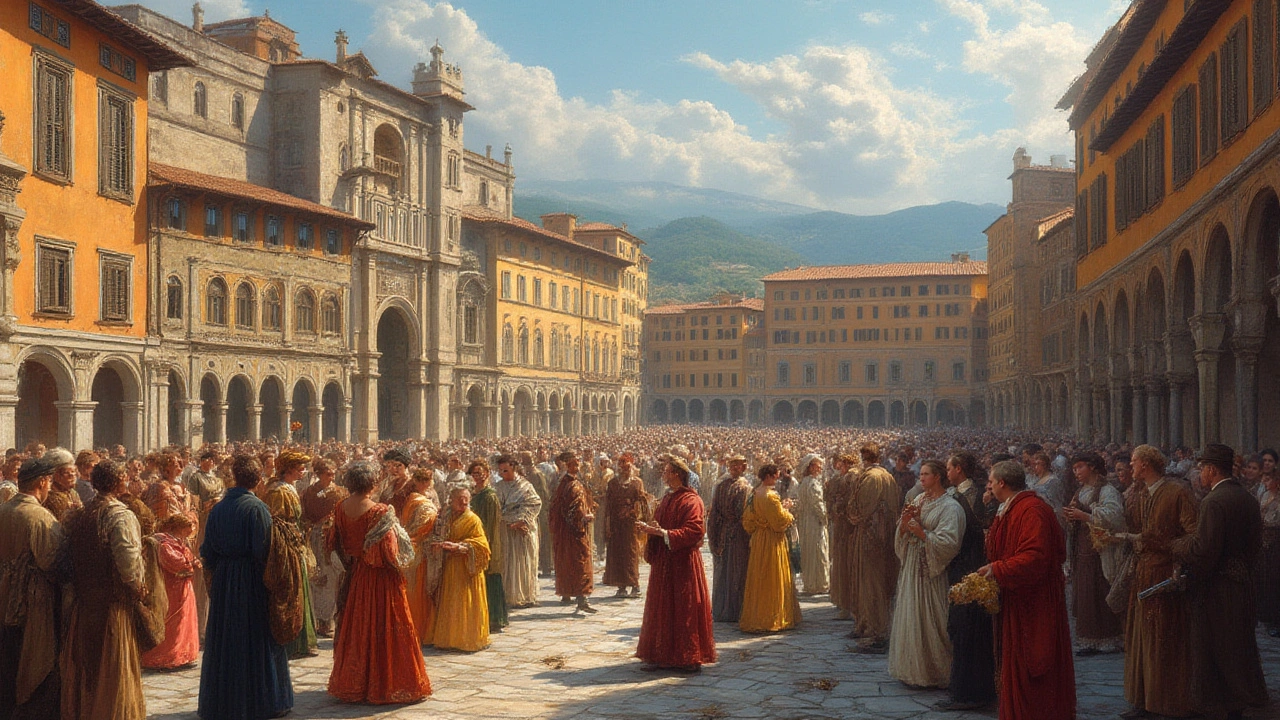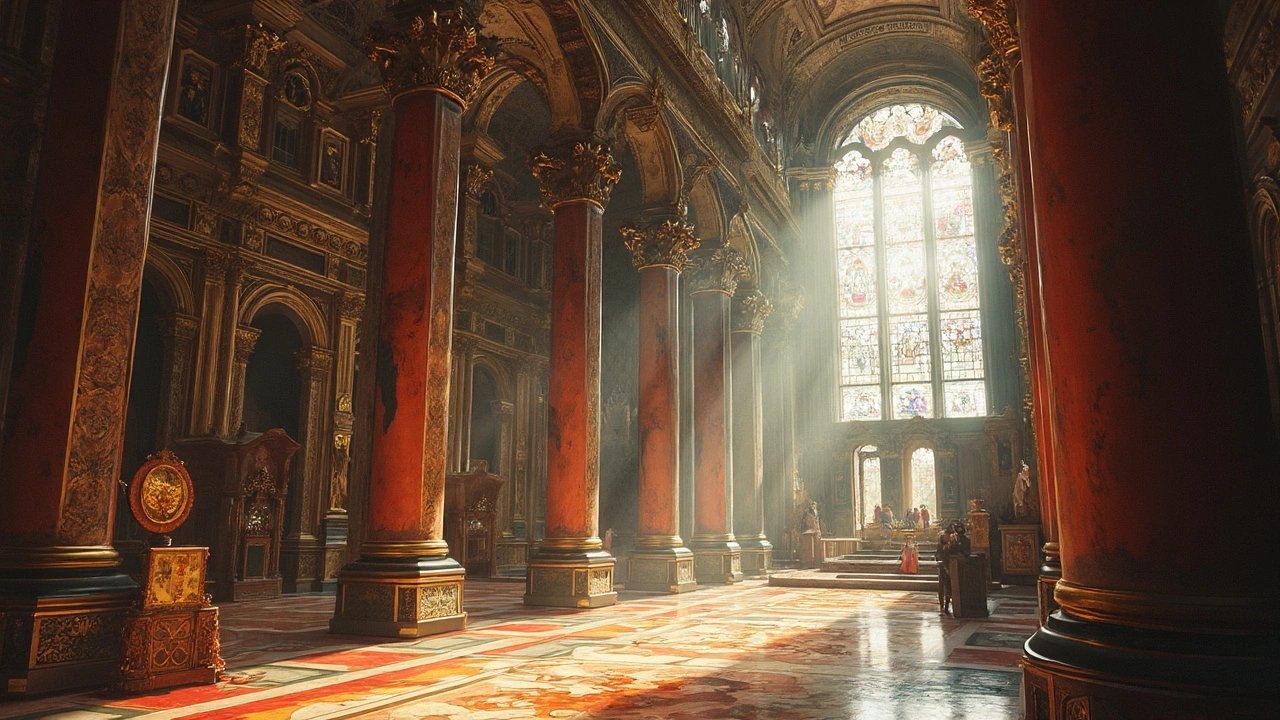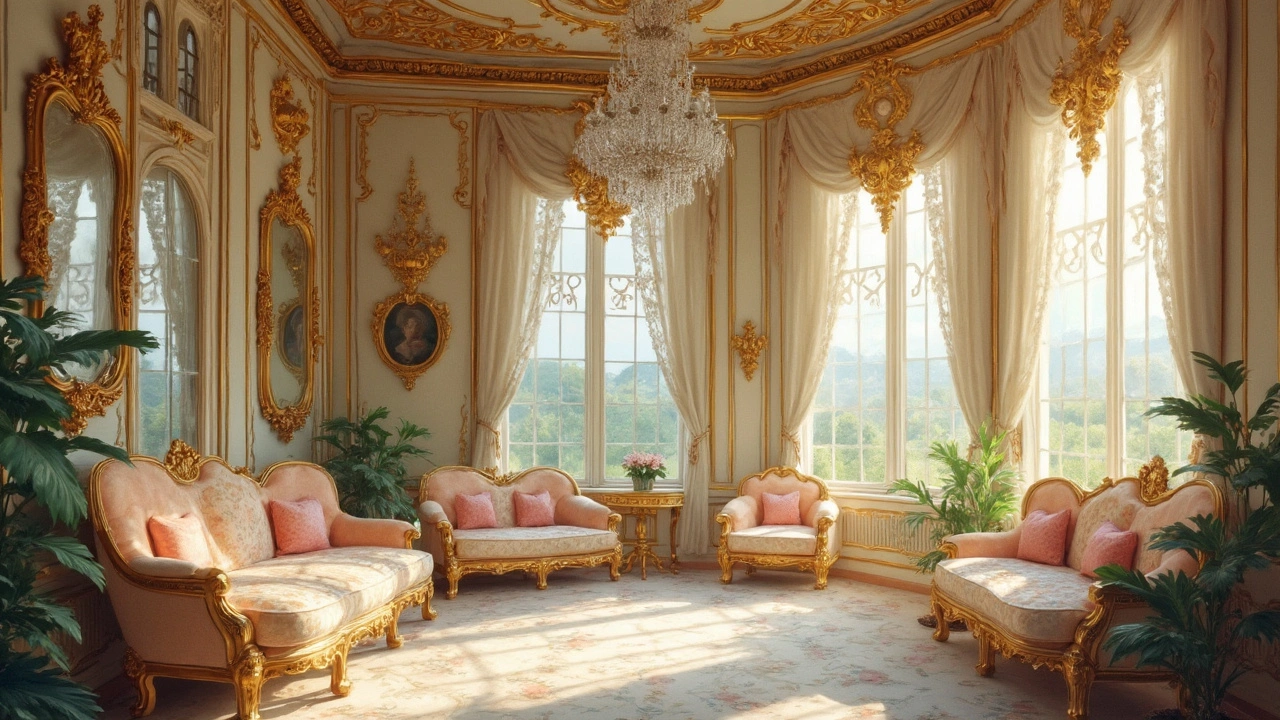Discover the Renaissance—a time of genius, beauty, and innovation. From Florence to Leonardo, get the basics on art, ideas, and drama that changed Europe forever.
Art in Architecture: Styles, Stories & Practical Tips
What if your neighborhood could teach you about art? Buildings are public art: they show history, power, taste, and craft. This tag page pulls together clear, practical reads on styles from Ancient Rome to Neo-Futurism so you can spot details, understand why they matter, and use ideas in your own projects.
Quick guide to major styles
Start small. Look for big clues: columns often point to Greek Revival or Renaissance; dramatic curves and heavy ornament usually mean Baroque or Beaux-Arts; glass-and-steel shells hint at High-Tech or International Style. If a building feels playful or mixes periods, you’re probably seeing Postmodern ideas. For modern, linear clarity, check out Bauhaus or Mid-Century Modern. These short markers make wandering a mini lesson.
Want specifics? Roman architecture shows arches, vaults, and early concrete work. Colonial buildings reflect cultural mixing and local materials. Constructivist architecture uses geometric, often industrial forms tied to political ideas. Neo-Futurism favors smooth, futuristic surfaces and dynamic shapes. Each style has a readable vocabulary once you know the basics.
Practical tips you can use today
If you’re renovating: match original materials when you can—brick, stone, wood grain matter. For small updates, borrow details: swap a standard door for a paneled one to hint at Georgian charm, or use slim metal railings for a High-Tech touch. When photographing architecture, shoot during golden hour for softer shadows that reveal texture; try low angles to emphasize scale on classical facades.
When visiting a city, give attention to context. Boulevards, plazas, and public buildings show how a style shaped civic life. Beaux-Arts, for example, isn’t just ornament—it organized public space with grand approaches and formal symmetry. That helps you read a city, not just admire facades.
Preservation matters because buildings keep cultural memory. Simple actions—supporting local heritage groups, choosing period-appropriate paint colors, or avoiding aggressive retrofits—help maintain authenticity. If you’re unsure about a restoration decision, ask for a conservation assessment rather than guessing.
Want quick learning? Pick one style a week from this tag and look for three local examples. Note materials, window shapes, and entrance details. Over a month you’ll build a reliable visual library. Use that to spot influences in everyday design, from furniture to signage.
This tag page collects articles that explain each era with clear examples and hands-on tips. Read a short piece on Roman techniques, then flip to a guide on Mediterranean Revival for practical home ideas. The goal here is simple: help you see architecture as living art and use that knowledge in real life.
Discover the captivating world of Baroque architecture—a style defined by grandeur, drama, and intricate details. This article explores its historical roots, key features, and iconic examples. Learn how Baroque design has influenced modern aesthetics and get practical tips for incorporating its elements into your own space.
Rococo design, an 18th-century style known for its ornate detail, playful themes, and delicate artistry, continues to capture imaginations with its elegance and whimsy. Originating in France, Rococo moved away from the grandeur of Baroque, focusing instead on lightness, curves, and harmony. This style is celebrated in furniture, architecture, and decorative arts for its creative flair and attention to detail. Understanding the essence of Rococo can inspire anyone interested in interior design or art history, offering insight into blending beauty and function.
Well, buckle up, folks, because we're taking a thrilling roller-coaster ride back to the Renaissance! Picture this: a time when art and science high-fived each other and gave birth to some of the most spectacular creations known to mankind. Leonardo da Vinci, a poster boy for this era, was doodling masterpieces and dissecting bodies, just for kicks! Meanwhile, Galileo was busy eyeballing the cosmos and shaking up the way we view the universe. So, in short, the Renaissance was like a giant science and art party, where creativity was the guest of honor and inhibition was shown the exit door!




